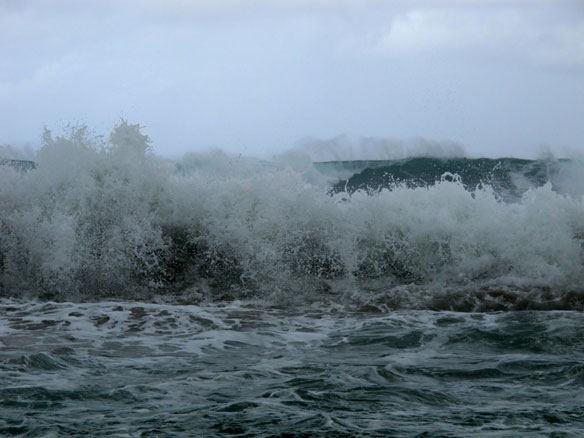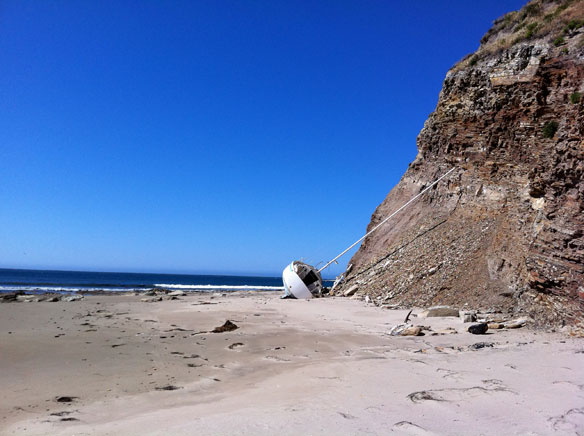315 billion-tonne iceberg breaks off Antarctica

The Amery Ice Shelf in Antarctica has just produced its biggest iceberg in more than 50 years.
What will Malibu’s beach erosion problem look like in 20 years?

The rapid erosion of Malibu’s beaches in the past few years is nothing short of startling and has drawn the concerned attention of local citizens, advocacy groups and public officials. Beach erosion, attributable in part to climate change and in part to the hand of man, is pervasive, invasive and expensive.
Erosion threatens scenery and real estate along iconic California coastline

This is supposed to be a beautiful beach, but instead it looks like a disaster area because a sea wall built about a decade ago to protect homes has failed. Now property owners are spending millions to fix it. From Mexico to Oregon, the iconic California coastline runs more than 3,400 miles.
Rising tides force Miami Beach residents to seek higher ground

Scientists with the United Nations Wednesday released their most alarming report yet on climate change. Oceans are warming, sea levels are rising and polar ice is melting — all of that is accelerating because of increasing carbon dioxide levels. But the report warns the harshest consequences may be on low-lying coasts, where almost 700 million people live.
Indonesia will build its new capital city in Borneo as Jakarta sinks into the Java Sea

Concerns over the sustainability of the congested and rapidly sinking political center of Jakarta prompted the need for a new capital. The relocation was announced Monday by President Joko Widodo.
Native Americans may lose their homes to rising waters on Louisiana island

Rising waters are swallowing up Native Americans on a small island off the Louisiana coast, making them some of America’s first climate refugees
Who will pay for the huge costs of holding back rising seas?

U.S. coastal cities face billions of dollars in costs for the extensive infrastructure projects needed to protect against rising seas and worsening storms. From Boston to Miami, government officials are only beginning to grasp the enormous expense of what will be required.
Sea level rise preparations could cost Redondo Beach, CA, nearly $300 million

Redondo Beach estimates it would cost roughly $291 million to prepare for a 5.5-foot increase in sea levels by 2100, according to a recently released study.
The California coast is disappearing under the rising sea. Our choices are grim

While other regions grappled with destructive waves and rising seas, the West Coast for decades was spared by a rare confluence of favorable winds and cooler water. But lines in the sand are meant to shift. In the last 100 years, the sea rose less than 9 inches in California. By the end of this century, the surge could be greater than 9 feet.
